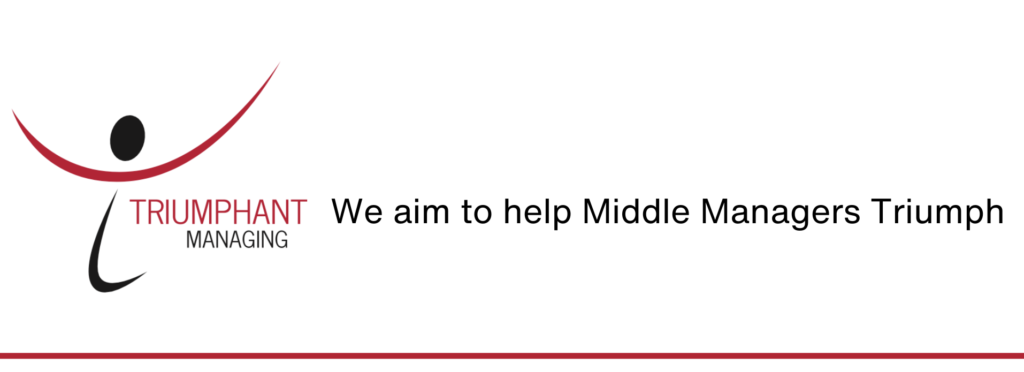
Do this: Look back on your calendar and see how many hours you have spent in meetings.
Typically for a Middle Manager (MM) 3-6 hours will be the time spent.
That does not leave much time for those to-do’s! And you need to eat and go to the washroom as well.
I aim to give you some ideas which can help you gain back 50% of your meeting time.
REDUCE MEETINGS AND MEETING TIME
Very few meetings get actual work done. Meaning very few allow you to tick off a todo as done. Most either are information giving or wandering discussions on matters that seldom interest nor are critical to all attendees. Many add more todo’s to your list!
Covid is responsible for a big increase in the number of attendees per meeting. Previously location was a barrier to attending a meeting. Not any more. It is so easy to add names to the invite for a virtual meeting.
SOLUTIONS FOR REDUCING MEETINGS AND MEETING TIMES
Let’s start with four catch phrases capturing principles:
1. No purpose? No presence!
2. Value or Vanish!
3. Role or Roll Out!
4. Bored? Bolt!
No Purpose? No Presence!
Say no to meetings without a clear agenda and purpose. If the organizer does not know the purpose of the meeting it will be a rambling rose meeting. A waste of time. Say ‘no thanks’.
You can also work with the organizer to define the purpose of the meeting if you sense that there might be a good reason for it.
Value or Vanish!

Even if a meeting has a clear objective you might not see any value in attending. An objective might be meaningful to others but not to your area of responsibility.
On the other hand, you might have a valuable role to play in helping others reach the objective of the meeting. This might cause you to decide to attend.
Role or Roll Out!
If you do not understand what you will be contributing to a meeting, check with the organizer. If there is no specific answer, other than keeping you informed or having your represent your department, say ‘no thanks’. There are multiple ways to share information other than sitting in a meeting on the off chance that something might be of value to you.
Avoid planning meetings ‘to be brought up to date’. yourself. Design and implement a dashboard or measures that keep you up to date without having to meet.
Bored? Bolt!
You thought that a meeting might be valuable, but when you are in it you realize that you were wrong. In that case leave. Being bored is a good sign that you are not getting anything out of the meeting.

Those cadence meetings
Cadence meetings are in vogue and are misused, many times. The idea of going from attendee to attendee as they report in, is waste. because 90% of what will be shared is that they did what they were asked. Gain back the 90% time. The purpose of a cadence meeting is to find out if their are issues, constraints to achieving the objectives of the work and to plan the objectives for work until the next cadence meeting.
For issues and constraints, make sure attendees do not ‘save up’ issues for the cadence meeting. An issue should be flagged as soon as it occurs or is known. If you meet on Fridays and an issue arises on Monday, it can be solved, possibly, before Friday and does not need to be reported.
Guard your todo time

Block off time in your calendar to do specific todo’s. Give it a fancy title. This will block the ability of someone searching for blank spaces in your calendar !
Most meetings are set to maximize the availability of the attendees, thus stealing the maximum amount of discretionary time from the invitees. Block off all time you have booked to do your todo’s. Block to Blossom:guard your time, watch productivity soar!
Design and manage your own meetings so people say wow!
You will be a hypocrite if you followed the above principles and advice and then ran dreadful meetings yourself.
Have a clear purpose, agenda and think carefully about who to invite, their role or what value they will get out of it.
You can shorten the time of meetings by starting your meetings on time and ending on time or sooner. Depending on the purpose of the meeting invite attendees to a 10 minute, or 15 minute or 20 minute meeting rather than a half hour or one hour default. If all attendees are not there start the meetings and do not do catch up for late arrivals. Have all faces visible during a meeting. They will pay attention.
Work with your team to maximize the value and minimize the time of cadence meetings.
Some meeting are working meetings – brainstorming ideas or solutions, planning a project, organizing to develop a budget, learning as a group important information or strategies. The attendance might be compulsory. Plan these meeting well in advance and communicate their purpose and the attendees roles.


